Hubble was launched aboard the Space Shuttle Discovery on 24 April 1990 and deployed into orbit around Earth on 25 April by NASA astronauts.
Over the past 3 decades of observation, Hubble has revealed some of the strange objects that inhabit the Universe, from superfast jets of material blasted out of black holes at the centre of galaxies, to the most distant snapshot of the cosmos taken when the Universe was still in its infancy.
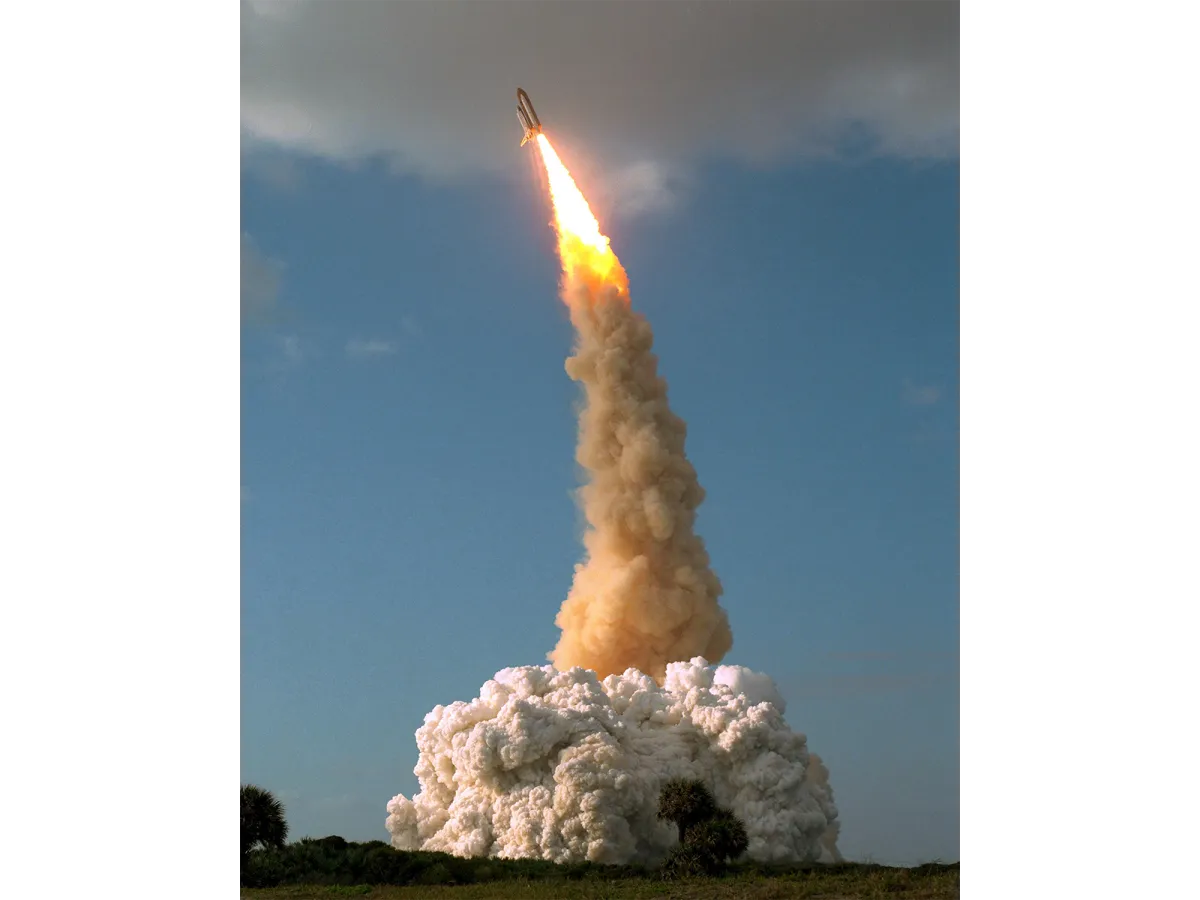
Hubble’s successor, the James Webb Space Telescope, is already pushing the boundaries of what we can see even further, since it can observe at longer wavelengths, such as infrared.
But the Hubble Space Telescope's legacy is quite profound, in that it has given us a greater insight into the workings of the cosmos than those who first conceived the idea of an orbiting observatory could ever have dreamed.
Here we present some of the exotica that the Hubble observing programme has seen in space, some of which take us back just 500 million years after the Big Bang.
11 of Hubble's most incredible images
Jets from the black hole in galaxy M87

February 1998
Streaming from the centre of the galaxy M87 like the beam of a lighthouse is a black-hole-powered jet of electrons and other sub-atomic particles travelling at nearly the speed of light.
The blue of the jet contrasts with the yellow glow from the combined light of billions of unseen stars that make up the galaxy, which lies 50 million lightyears away.
Einstein rings around elliptical galaxies

17 November 2005
The yellow blobs in these images are giant elliptical galaxies roughly 2 to 4 billion lightyears away, each outlined with the blue light of a background galaxy twice as distant.
The gravity of the closer galaxy has deflected the background light into Einstein rings.
Gravity bending light from a distant galaxy
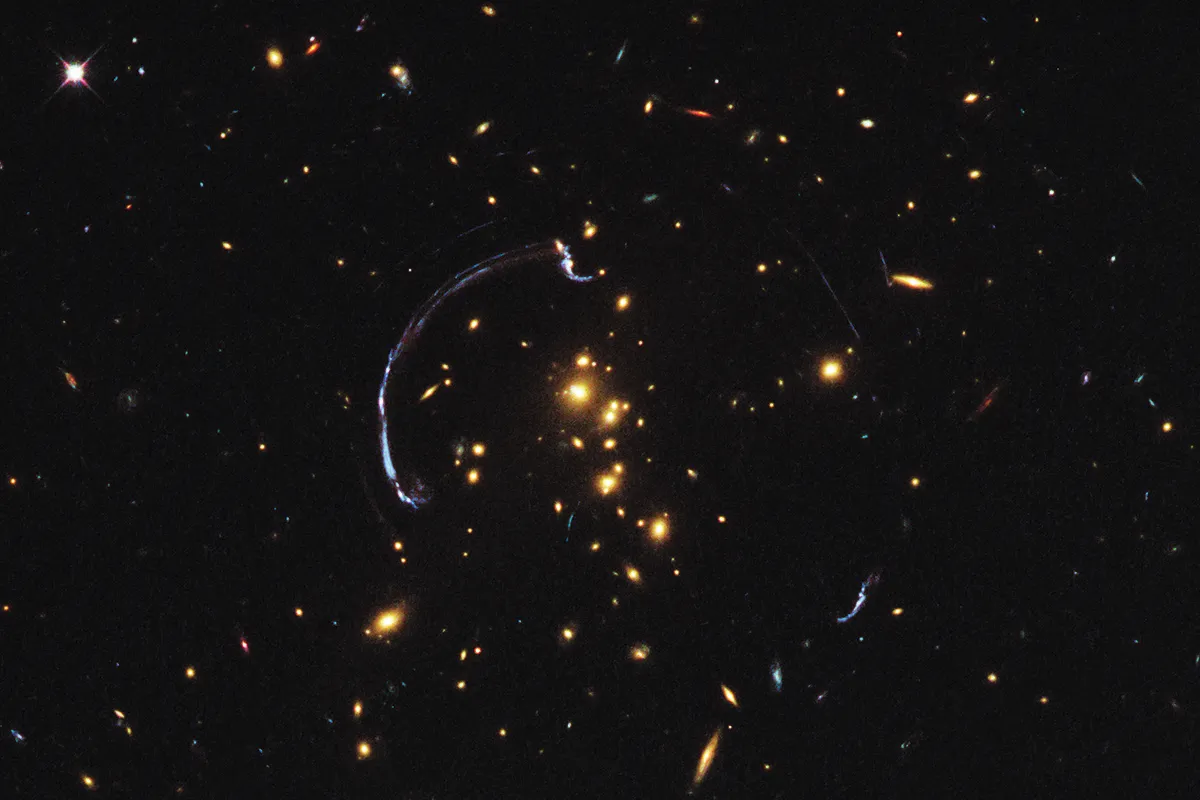
1 March 2011
This picture is one of Hubble’s most striking examples of gravitational lensing.
Here, the gravitational field of a yellow foreground galaxy cluster 5 billion lightyears away has bent the light of a background galaxy 10 billion lightyears away into a graceful blue arc.
Galaxies colliding
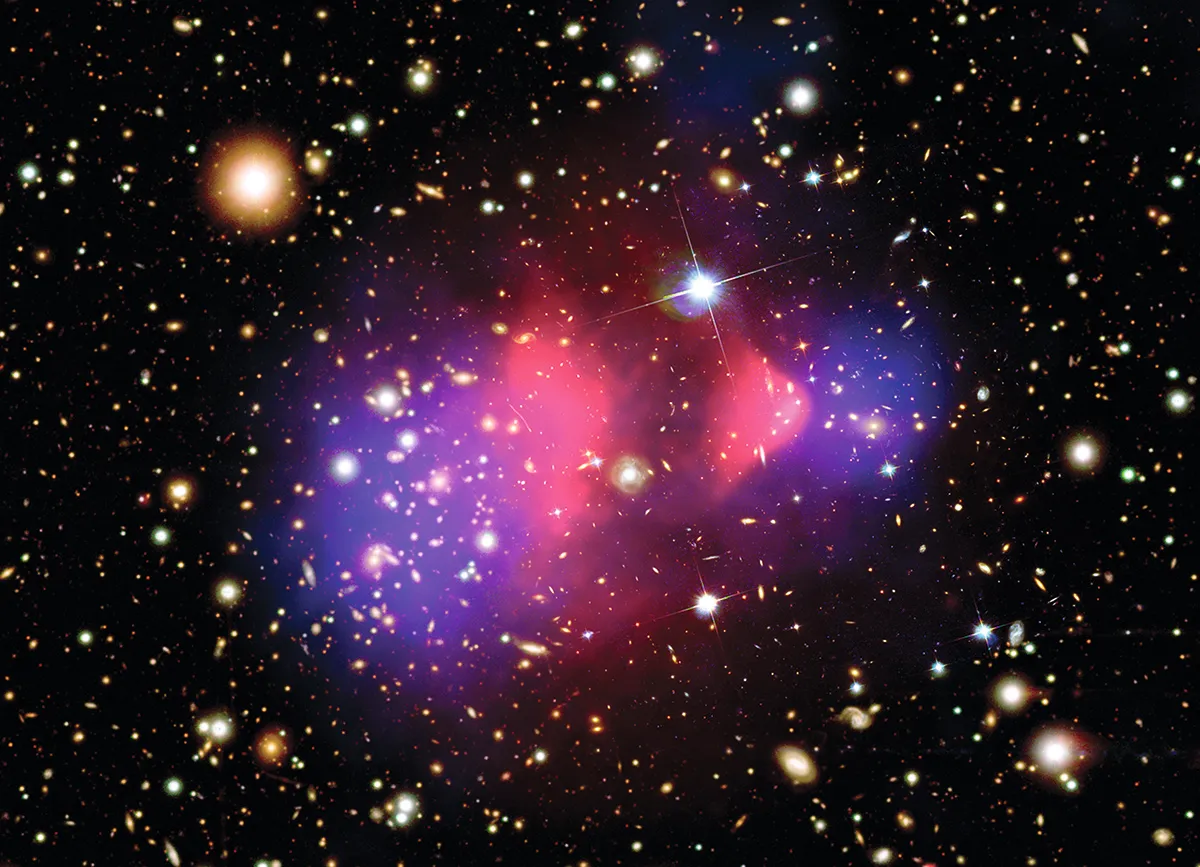
14-19 January 2009
Data from Hubble and the Chandra X-ray observatory combine in this image of galaxies colliding in the Bullet Cluster.
It shows that most of the mass of galaxies is separate from the cluster’s hot gas, which is shown in pink. From this astronomers infer the presence of dark matter in the areas coloured blue.
Supernova light warped into an Einstein cross
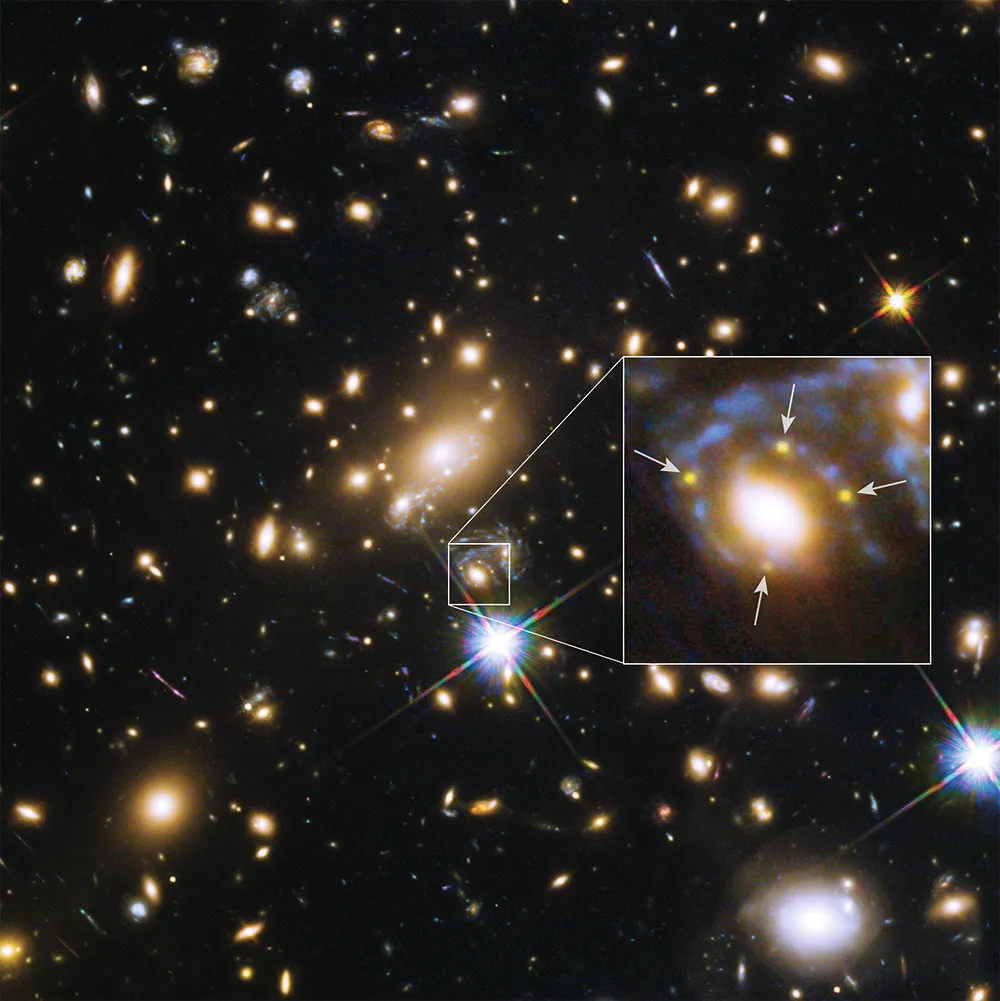
14 December 2014
As well as Einstein rings, Hubble has also spotted Einstein crosses.
Here a yellow supernova 9.3 billion lightyears away has been repeated four times around the edge of a closer galaxy due to the latter’s immense gravitational field.
Gravity stretching a colossal galaxy

16-24 October 2011
NGC 7714’s distorted smoke-ring shape is due to it being stretched out by a companion galaxy beyond the left edge of the frame.
This cosmic stretch began around 200 million years ago.
Tiny distant galaxy with a supermassive black hole

17 September 2014
Astronomers believe a huge black hole lies at the centre of the dwarf galaxy M60-UCD1.
Located 54 million lightyears away, it’s one of the smallest known galaxies with a supermassive black hole.
Black hole feeding on a doughnut of cosmic dust

4 December 2005
This doughnut shape is an 800 lightyear-wide disc of dust fuelling a black hole at the centre of galaxy NGC 4261.
The doughnut is calculated to be 1.2 billion times the mass of the Sun while the black hole’s gravity is capable of pulling in enough surrounding material to make 100,000 stars like our Sun.
Hubble's deep view into the early Universe
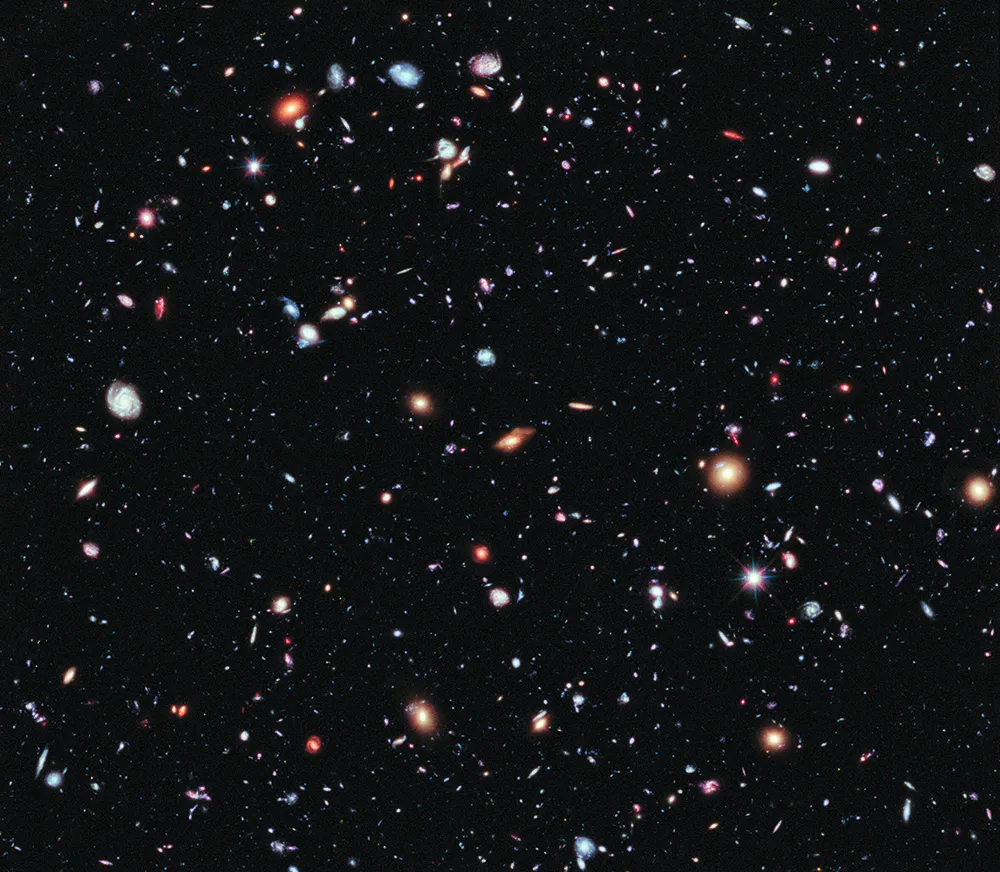
July 2002 – March 2012
This is Hubble’s deepest-ever view of the Universe, revealing the shape of thousands of galaxies as they would have appeared 13.2 billion years ago, just 500 million years after the Big Bang.
It shows that form and structure have existed for a very long time.
'X' at the core of the Whirlpool Galaxy
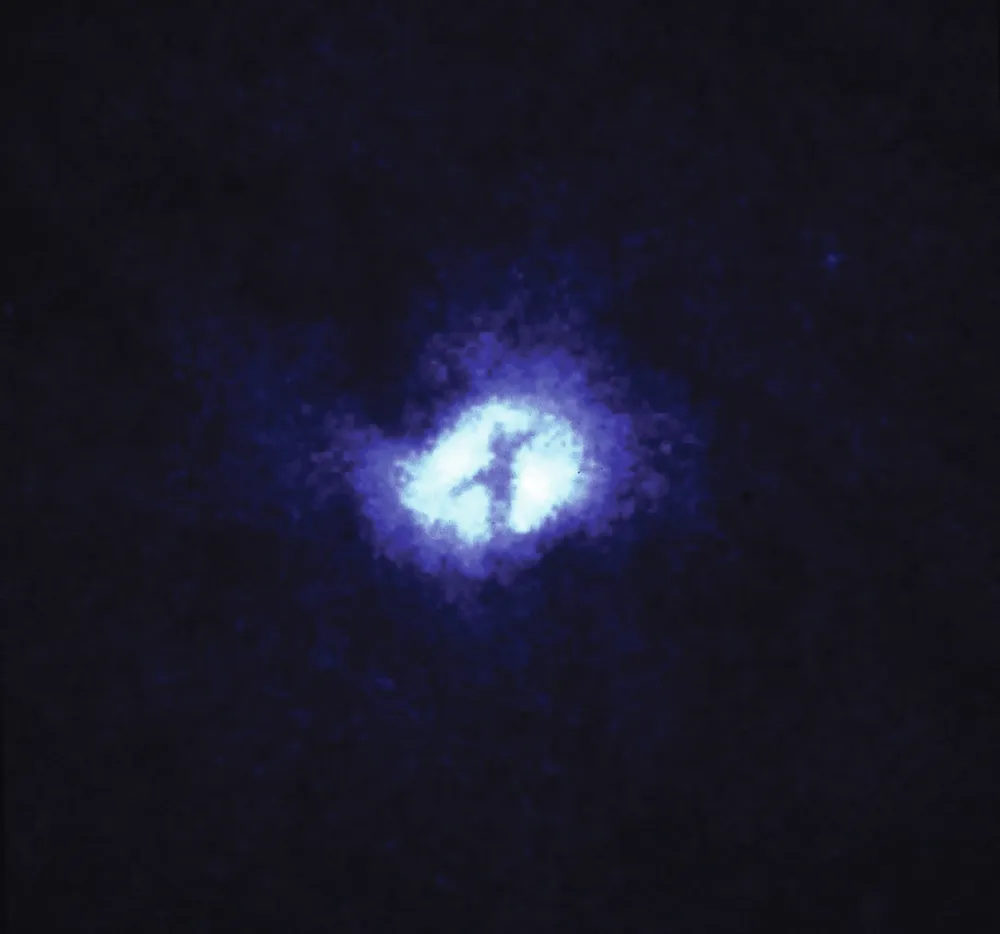
8 June 1992
The dark cross across the core of the nearby spiral galaxy M51, the Whirlpool Galaxy, is due to dust and marks the position of a black hole.
The two arms of the dark X are edge-on dust rings 100 lightyears in diameter.
Black hole jets, galaxies and hot gas

2 November 2006
Three views of this galaxy cluster make up this image.
Hubble’s show the galaxies in yellow, Chandra’s show X-ray-emitting hot gas in blue, which has been pushed aside by jets of high-energy particles from a black hole imaged by the Very Large Array in red.
